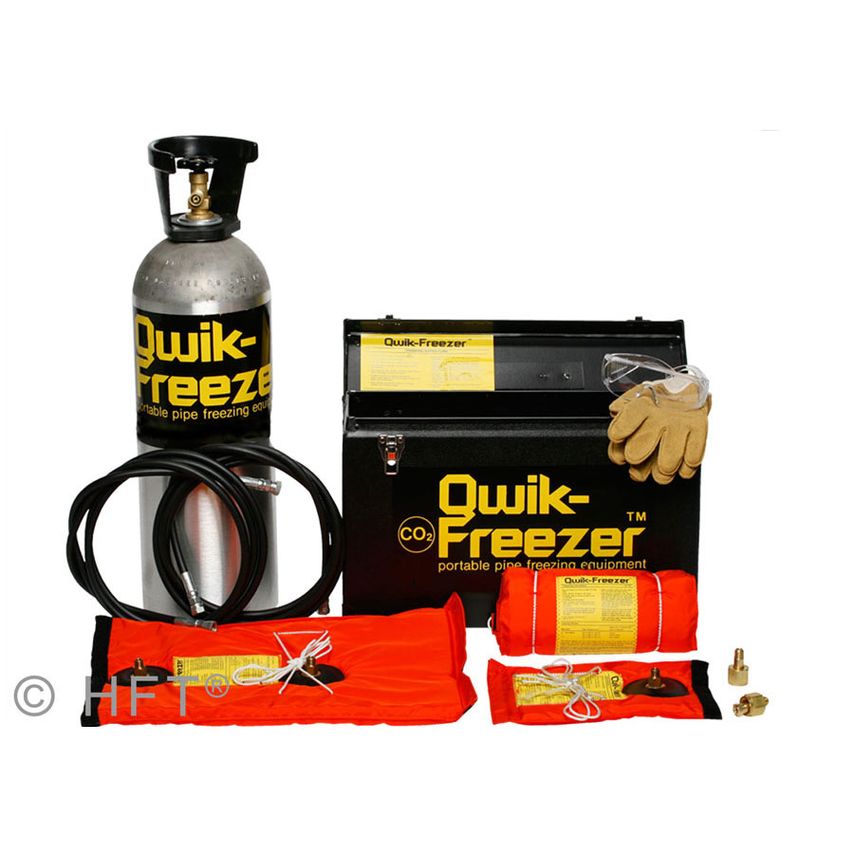Huntingdon Fusion Techniques Flexible Welding Enclosures/Bays - 1778mm
Argweld Flexible Welding Enclosures offer rapid purging times, reaching oxygen levels as low as a few parts per million (ppm) These affordable welding chambers are particularly well-suited for welding titanium, zirconium, and other reactive metals, as well as for WAAM Additive Manufacturing. They are ideal for small production quantities requiring complete gas coverage, providing a cost-effective alternative to rigid chamber boxes. The enclosures are available in various sizes, including standard sizes for immediate delivery.
Designed and manufactured by HFT, Argweld Flexible Welding Enclosures are a practical choice when a rigid chamber is not economically viable, space is limited, or ease of welding is a priority. They are suitable for joining titanium alloy parts, reactive metal components, and even for welding titanium parts on bicycles, motorbikes, sports gear, and small batches of small parts. Additionally, the enclosures are compatible with Wire plus Arc Additive Manufacturing (WAAM) , enabling the production of ready-made components by welding thin layers of powder or liquid metal drops together, eliminating the need for extensive machining and material waste.
Benefits
Rapid purging time down to a few parts per million (ppm) of oxygen
Ultra low cost compared to rigid chamber boxes
Ideal for welding titanium, zirconium, and other reactive metals
Suitable for Wire plus Arc Additive Manufacturing (WAAM)
Available in various sizes, including standard sizes for immediate delivery
Economically viable alternative when a rigid chamber is not practical
Space-saving solution for applications where space is limited
Easy to use for welding purposes
Suitable for joining titanium alloy parts, reactive metal components, and small batches of small parts
Eliminates the need for extensive machining and material waste in WAAM
Additional Options:
Extra pairs of glove ports
Special lock for the purging port to maintain purge argon in the chamber
Other sizes and shapes are available as non-standard items on special request
FAQs
Do these plastic Argweld Flexible Welding Enclosures really work and are they good enough for welding titanium?
Yes, there are hundreds in successful use all over the world. A customer list is available.
One of the big users is Rolls-Royce who have been using them for many years. They and some other customers have purchased multiples.
What about all the sparks, don't they melt the plastic?
It is not usual for TIG welding to produce sparks.
Won't the hot metal melt the plastic?
Yes, it would if the hot metal touches the plastic. One of the reasons for putting the weldment in an enclosure is to prevent the oxygen contacting the weld when hot, so the part must not be removed from the enclosure until it is cold.
When a hot part has to be moved to weld another component, there will be a metal skirt be placed around the periphery of the baseplate inside the enclosure.
Can Huntingdon Fusion Techniques HFT supply the internal baseplate and purge lines?
Our concept is to ship the Argweld Flexible Welding Enclosures internationally for the user to manufacture their own metalwork to suit. Most people welding titanium or other reactive metals have their own manufacturing capabilities and it is more appropriate for them to fabricate the components according to the comprehensive instructions provided.
Is it possible to use a vacuum pump to evacuate the enclosure quickly to purge it faster?
Because Argweld Flexible Welding Enclosures can be collapsed around the parts to be welded, purge volume is so small that the purging time is minimised.
What is the largest component I can put into the Enclosures?
The standard zip lengths are:
900 mm diameter Round Enclosure 1430 mm long
1200 mm diameter Round Enclosure 1900 mm long
1500 mm diameter Round Enclosure 2390 mm long
1800 mm diameter Round Enclosure 2900 mm long
This means only parts which can go through these openings can be put into the standard Argweld Flexible Welding Enclosure.
There are however longer zips available and different designs.
Why does the enclosure deflate when I turn the gas off?
All purging applications require a continual flow of inert gas until the welding and requirement for purging is complete.
The Argweld Flexible Welding Enclosures are recommended to be purged with a flow rate between 2 to 5 litres per minute. Continuous purging will remove traces of oxygen and hydrogen generated during welding.
Should gas be escaping from the valve?
The black exhaust valve on top of the enclosure is designed to vent gases from inside the Argweld Flexible Welding Enclosures. Gas will escape through the valve as the enclosure inflates and when operators put arms inside sleeves.
The valve can exhaust flow rates of 1 to 10 LPM.
There are two membranes inside the valve. One can be removed by the operator if desired. Our intention is that the valve will only exhaust low flow rates, to minimise gas consumption and











































